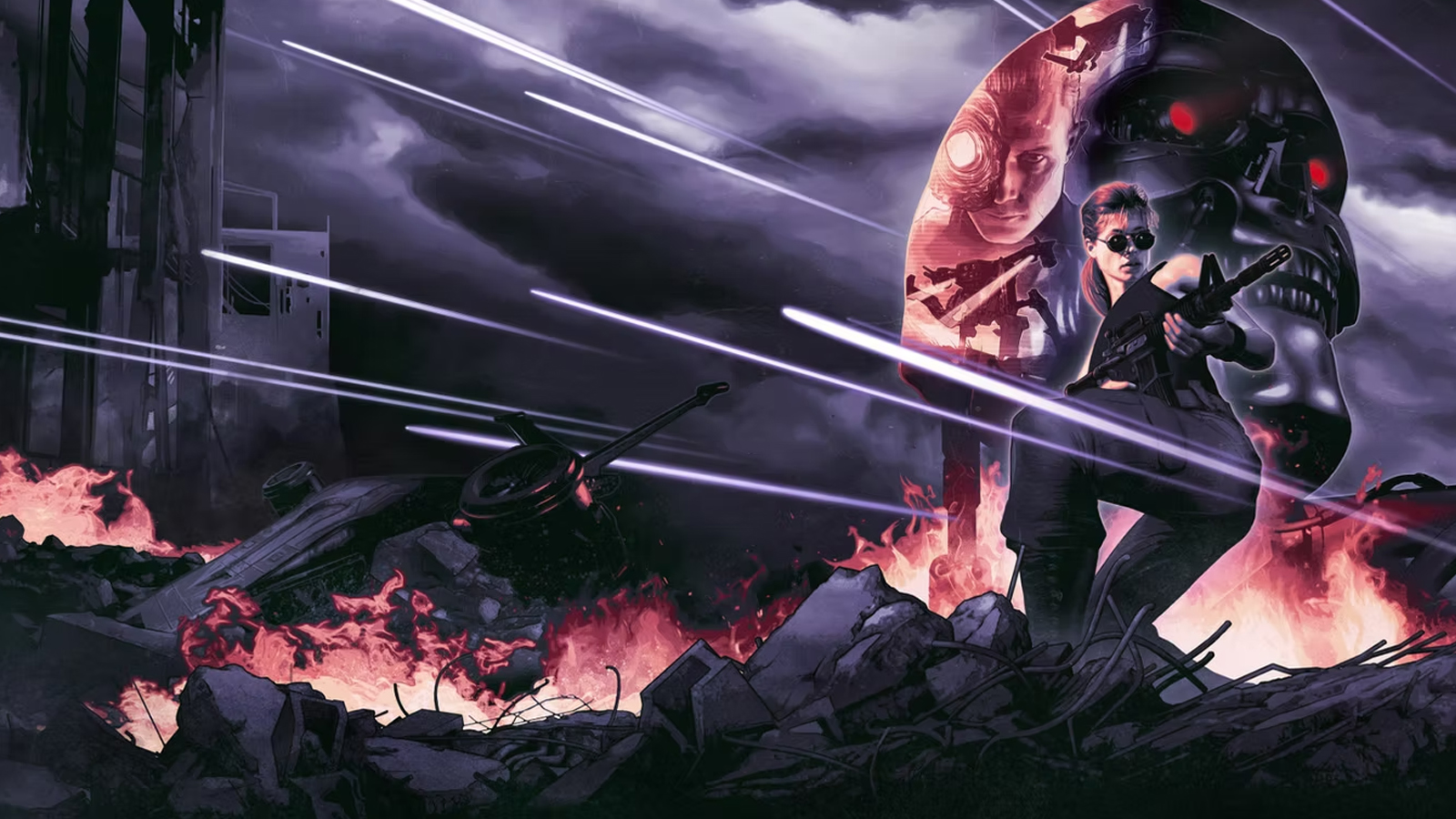Designing for the web: Neurodiversity
Jamie Knight explores the steps you can implement to keep your sites usable for all audiences, no matter how their brains are wired.
Neurodiversity – the idea that conditions such as dyslexia and autism are just part of normal human variation – is an unfamiliar term to most of us. The term comes from a movement to reduce the medicalisation of the experiences of people who are 'wired differently'.
Neurodiversity (and the related field of cognitive accessibility) is important. As many as one in five users will be neurodiverse. Building websites and applications to suit them is a business opportunity not to be missed.
The range of experiences can be vast, varying from issues with reading through to issues with understanding instructions and making plans ('executive functioning' in neurology language). By designing your user experiences to be mindful of the neurodiverse, you make your applications easier to use for everyone – be they neurodiverse, tired or drunk.
Additionally, we all age. While cognitive accessibility seems a bit of a stretch today, it will one day come to define how you, too, experience the web.
So what can you do?
01. Language
A common issue revolves around the use of language. For quick readability by the widest audience, consider using straightforward, concise and unambiguous language. It's best to avoid idioms and ambiguous phrasing as readers on the autistic spectrum can take things overly literally.
For example, phrasing checkbox labels as a question makes it more explicit that an action is required. For example, use 'Are you over 16?' rather than 'I am over 16' next to a checkbox. GDS has published an excellent guide to writing for the web.
Daily design news, reviews, how-tos and more, as picked by the editors.
02. Type
Type is a complex topic. Some evidence supports the idea that more humanist fonts (with unique letter forms for 'b' and 'd' and so on) can aid reading for users with dyslexia. Type size is also a key factor – users should always have the ability to resize text, whether that be via pinch to zoom or other means. Using em or percentage units for font sizing makes this possible right back to legacy IE
03. Visual hierarchy
A clear visual hierarchy aids comprehension. Ideally it should be possible to identify the top three most important elements of content from their position, shape and colour alone. If content must be read to be understood, many users will miss it.
With careful use of language, type and visual hierarchy it's easy to ensure that your websites and applications work for neurodiverse users. This approach gives many people a better experience, while also helping you, the next time you're less able to comprehend.
Words: Jamie Knight
This article was originally published in issue 263 of net magazine.
Liked this? Read these!
- A designer's guide to colour and accessibility
- The best free cursive fonts
- Discover the best blogging platform

The Creative Bloq team is made up of a group of art and design enthusiasts, and has changed and evolved since Creative Bloq began back in 2012. The current website team consists of eight full-time members of staff: Editor Georgia Coggan, Deputy Editor Rosie Hilder, Ecommerce Editor Beren Neale, Senior News Editor Daniel Piper, Editor, Digital Art and 3D Ian Dean, Tech Reviews Editor Erlingur Einarsson, Ecommerce Writer Beth Nicholls and Staff Writer Natalie Fear, as well as a roster of freelancers from around the world. The ImagineFX magazine team also pitch in, ensuring that content from leading digital art publication ImagineFX is represented on Creative Bloq.
